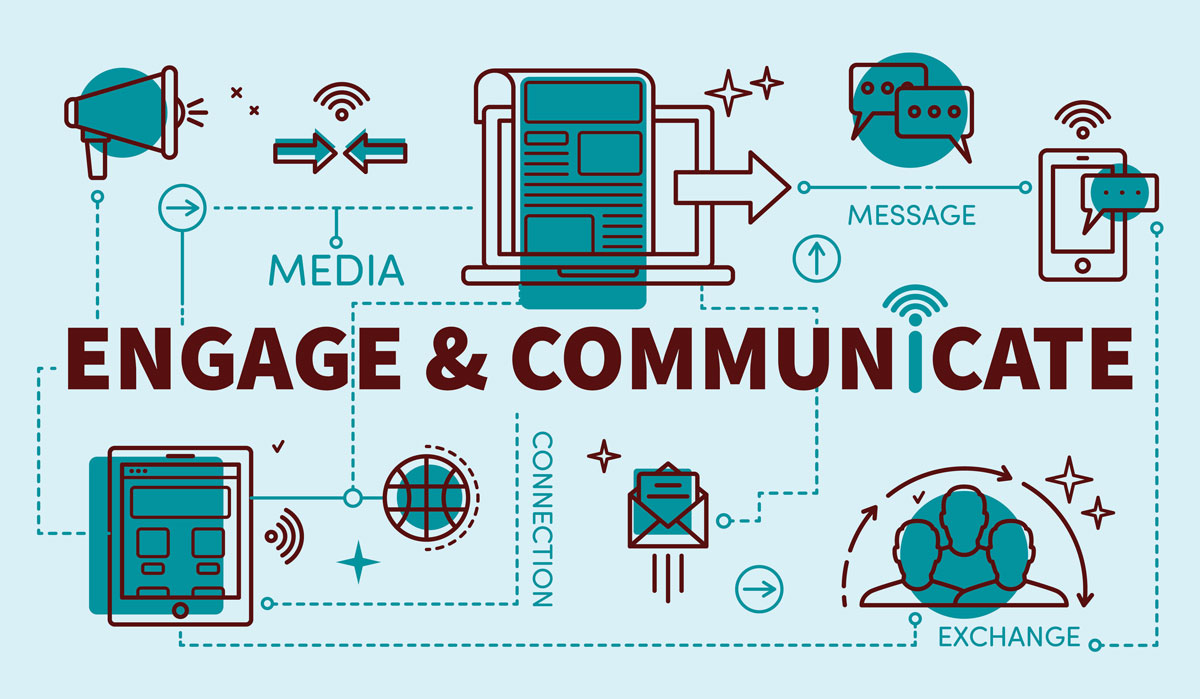Assessing Technology-Based Resources for Differentiation
Assessing Technology-Based Resources for Differentiation
There are many challenges for teachers today. But, one
of the most difficult challenges is reaching the needs of an increasingly
diverse student population. In order for teachers to reach ALL students,
teachers must first begin where students are academically, which means recognizing
individual differences. Therefore, differentiated instruction with the use of
technology offers the opportunity for teachers to engage students in different
modalities, while also varying the rate of instruction, complexity levels, and
teaching strategies to engage and challenge students (Stanford, Crowe, &
Flice, 2010). Differentiated instruction also allows teachers to begin to think
and work “smarter” and more efficiently rather than trying to work harder to
meet the needs of such a diverse student population.
1. IXL is a targeted learning tool
and it generates personalized guidance for each learner. These personalized
plans link students to the skills that will help them build on their knowledge
and remediate gaps in understanding.
2. Storyboard That is a browser-based
storyboard creator that students can use to retell a story. They can use both
words and/or pictures. And teachers can use it to create timelines,
storyboards, graphic organizers, t-charts, grids, etc.
3. Quizlet is a web-based
application developed to help students study information through flash cards,
and games. Students have the opportunity
to listen to the words, see pictures, and use interactive tools to support
their vocabulary needs.
Technology Breakdown
|
Application |
Ease of Use |
Practicality of Incorporation |
Cost |
User Friendly (for teacher and student) |
Cross-Curricular Abilities |
|
IXL |
This
can be accessed from an iPhone, iPad, laptop, or desktop. |
Access is unlimited for
one full year from home and school. |
Classroom licenses start
at $299 for 25 students. Access is unlimited for one full year from home
and school. School-wide and district-wide site licenses are also available. |
YES |
Provides
standards aligned content in math, language arts, science, and social studies. |
|
StoryBoard That |
This
can be accessed from an iPhone, iPad, laptop, or desktop. |
Access is unlimited from
a month to month basis from school. |
Classroom of 25 students is $10.99 per month |
YES |
Can be
used to create content related to math, language arts, science, and social
studies. |
|
Quizlet |
This
can be accessed from an iPhone, iPad, laptop, or desktop. |
Access
is unlimited from home and school |
FREE |
YES |
Can be
used to create content related to math, language arts, science, and social
studies. |
Each selected
technology differentiates for readiness, interest, and learning styles because
they incorporate visual, auditory, and kinesthetic components that meet the
various learning styles in the classroom. Students can touch the screen and
move answers and pictures around, they can hear words and phrases, they have
pictures associated with the learning material, and they are reading along the
way. Students need opportunities to engage in all types of learning and the
incorporation of all modalities to engage learning styles is imperative to
reach all students (Hawk & Shah, 2007).
|
Effective Instructional Strategies |
|
|
Students can create ownership in learning through
the promotion of these concept in IXL and Quizlet. In both IXL and Quizlet,
students are working at their own pace and are being challenged to build deeper
understanding of different concepts. They are also developing skills that are geared
towards their individual learning level. Students are engaged and
motivated to learn because of the interactive games that feel very similar to
what they are doing on their digital devices at home. And, in both IXL and Quizlet, students can be
assigned content that will give them additional individualized practice.
Through these programs, teachers can differentiate assignments and skills based
upon the student and can even give options to the students to fit their
learning style. Teachers can engage students in the classroom by allowing them to find relevance in the content that they are working on.
Overall, differentiated instruction may feel overwhelming, but there are technology tools available to help teachers keep students engaged while supporting instruction at their level. We need to allow students the opportunity to learn from where they are academically and not where the textbook or curriculum says they need to be. Differentiated instruction will allow students to feel successful and empower them to become lifelong learners (Benjamin, 2014).
References
Benjamin, A. (2014). Differentiated instruction: A guide for elementary school teachers. Routledge.
Hawk, T. F., & Shah, A. J. (2007). Using
learning style instruments to enhance student learning. Decision Sciences Journal of Innovative Education, 5(1), 1-19.
Moore, K. D. (2014). Effective instructional strategies: From theory to practice. Sage Publications.
Stanford, P., Crowe, M. W., & Flice, H.
(2010). Differentiating with technology. Teaching exceptional children plus, 6(4), n4.




Comments
Post a Comment